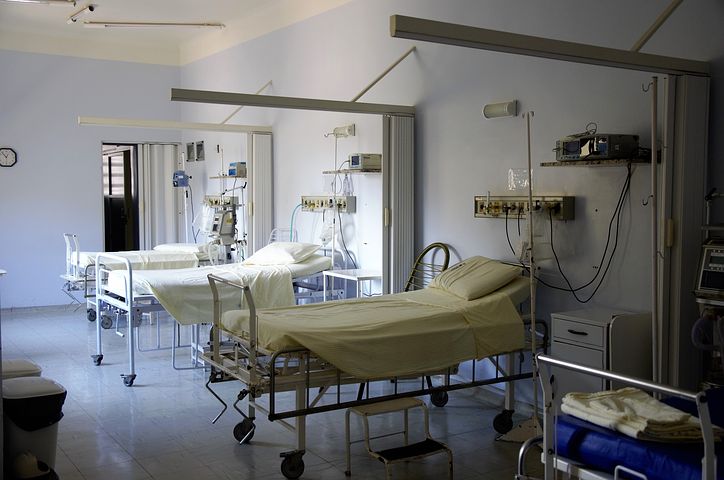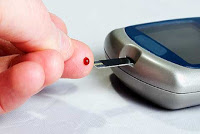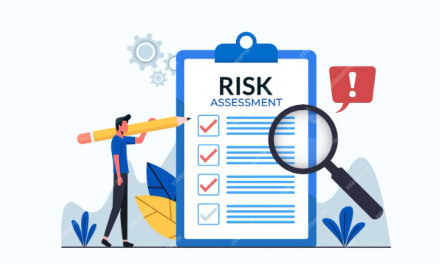SGLT2 inhibitors are important medications for people with type 2 diabetes. Not only do they reduce blood sugar and weight, they also reduce cardiovascular events, prevent and treat heart failure, and protect kidneys as well.
That being said, there are side effect and safety issues that need to be taken into consideration when using these medications, which has led to some confusion about how and whether they should be used in the hospital setting. To address these issues, an excellent article was recently published to summarize important points around this issue.
Key pearls include:
- Diabetic ketoacidosis (DKA) is a rare but serious potential side effect of SGLT2 inhibitors. Traditionally we think of a person in DKA as having high blood sugar, but blood sugars can actually be normal in a patient on an SGLT2 inhibitor who is in DKA.
- SGLT2 inhibitors make you pee sugar and water, and can therefore dehydrate a person if that person is not able to maintain fluid intake. Therefore, these meds need to be stopped if a person is dehydrated.
- Because of DKA and dehydration risk, SGLT2 inhibitors should be stopped in a person who is sick (ie most people when they arrive at the hospital), if they have fluctuant kidney function in hospital, or if they are dehydrated. As SGLT2 inhibitors could theoretically increase risk of urinary tract infection (though the large studies haven’t supported this), they should not be used in a person with a urinary tract infection.
- SGLT2 inhibitors should be stopped THREE DAYS before any surgery (if possible) and not started again until the person is able to eat and hydrate normally.
- If an SGLT2 inhibitor is being started in a hospitalized patient (eg a patient admitted for heart failure or after a heart attack), the following criteria MUST be met:
- blood pressure is good, and stable, for at least 48h
- the patient is euvolemic or hypervolemic
- renal function is stable with no expected change (eg no other new recent diuretic or ACE/ARB)
- no impending contrast is being used for diagnostic imaging (due to potential risk to kidney function)
- If an SGLT2 inhibitor is being started in a person taking insulin or sulfonylureas as part of their type 2 diabetes treatment, the dosing of these other medications may need to be reduced to avoid low blood sugars. Other diuretic agents may need to be adjusted as well.
- If in doubt about whether to start an SGLT2 inhibitor as a person is getting close to hospital discharge – wait! It can be started a few weeks after discharge once the person is more stable – just make sure follow up is in place with the appropriate physician to do so.
Disclaimer: I receive honoraria as a continuing medical education speaker and consultant from the makers of the SGLT2 inhibitors: dapagliflozin/Forxiga (Astra Zeneca), empagliflozin/Jardiance (Boehringer Ingelheim/Eli Lilly), canagliflozin/Invokana (Janssen), and ertugliflozin/Steglatro (Merck). I have been involved as a principal investigator in clinical trials of SGLT2 inhibitors.
Follow me on twitter! @drsuepedersen
www.drsue.ca © 2020












